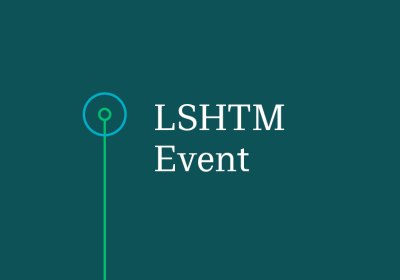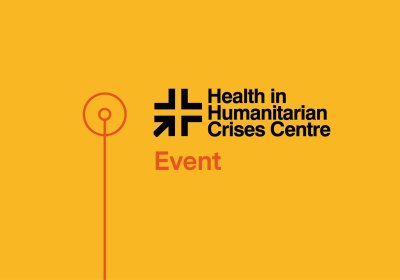
The conflict in South Sudan has led to nearly 400,000 excess deaths since it began in 2013, with around half of the lives lost through violence, according to a report released last month by the London School of Hygiene & Tropical Medicine.
Most of the death toll occurred in the northeast and southern regions, and peaked in 2016/2017. Those killed were mostly adult males but included women and children.
Although an agreement was signed in 2015, it broke down in 2016, resulting in increased conflict intensity and geographic spread. As of early 2018, the war had displaced 2 million within South Sudan and a further 2.5 million as refugees to neighbouring countries. The humanitarian response to this crisis is among the largest worldwide, targeting about 6 million people with required funding of 1.7 billion USD in 2018 – and less than 50% met.
The report was met with widespread media coverage in more than 700 outlets globally, including The Washington Post, Bloomberg, Daily Mail, Fox News, The New York Times, Euronews and the National Post.
In this evening lecture, Francesco Checchi, Adrienne Testa, and Abdi Warsame will discuss how novel statistical methods served to uncover the extent of mortality, and the implications of the findings on the international humanitarian response and urgency of conflict resolution.
The event is open to the public, but registration is required.
Image: Flickr/Steven Evans
Admission
Contact




